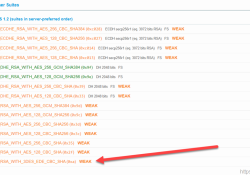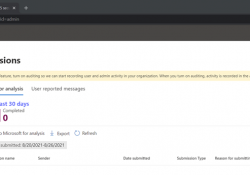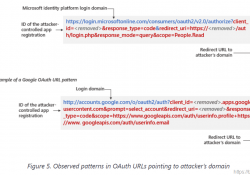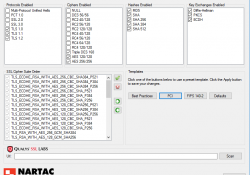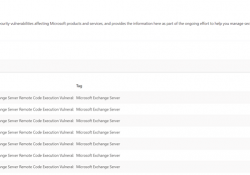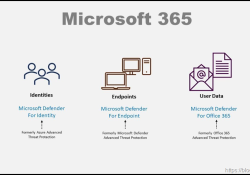Remediate SWEET32 — Disable TLS_RSA_WITH_3DES_EDE_CBC_SHA For Windows Server 2012 R2
Admins have become very aware of the need to adjust the Schannel protocol settings for TLS to enable TLS 1.2 and to disable older versions. However, the cipher suites do not always receive the same amount of attention and may be left at their default values.
If you are reading this post there is a good chance that your security auditors have flagged a weak cipher is enabled on your server, and the… Read the rest “Remediate SWEET32 — Disable TLS_RSA_WITH_3DES_EDE_CBC_SHA For Windows Server 2012 R2”
